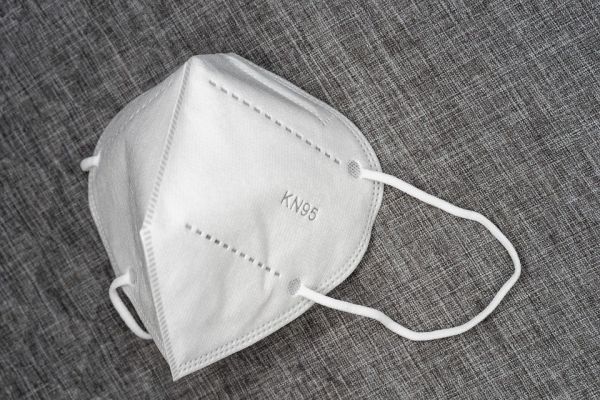In the spring of 2020, as the pandemic created a worldwide shortage of N95 masks, two Stanford engineers working out of their homes designed and demonstrated an effective yet inexpensive way to disinfect personal protective equipment (PPE).
In two papers recently published in the journal Applied Optics, they described how they used ultraviolet light (UV) to deactivate a bacterium that is accepted as a proxy for the dangerous-to-handle virus that causes COVID-19.
“We were surprised when testing indicated that our process could eliminate 99.9999 percent of pathogens in under five minutes,” says Thomas Baer, executive director of the Stanford Photonics Research Center (SPRC) and senior author of the two publications, one on building the units and the other on the basic engineering principles.
Baer’s principal collaborator on the project was Lambertus “Bert” Hesselink, a professor of electrical engineering and optics expert, who helped to provide the proofs that light-based decontamination would be feasible and effective. They each designed a prototype mask sterilization device to serve as a model for do-it-yourself photonics engineers around the world to copy for use wherever they might be.
Read more at Stanford School of Engineering
Photo Credit: viarami via Pixabay


